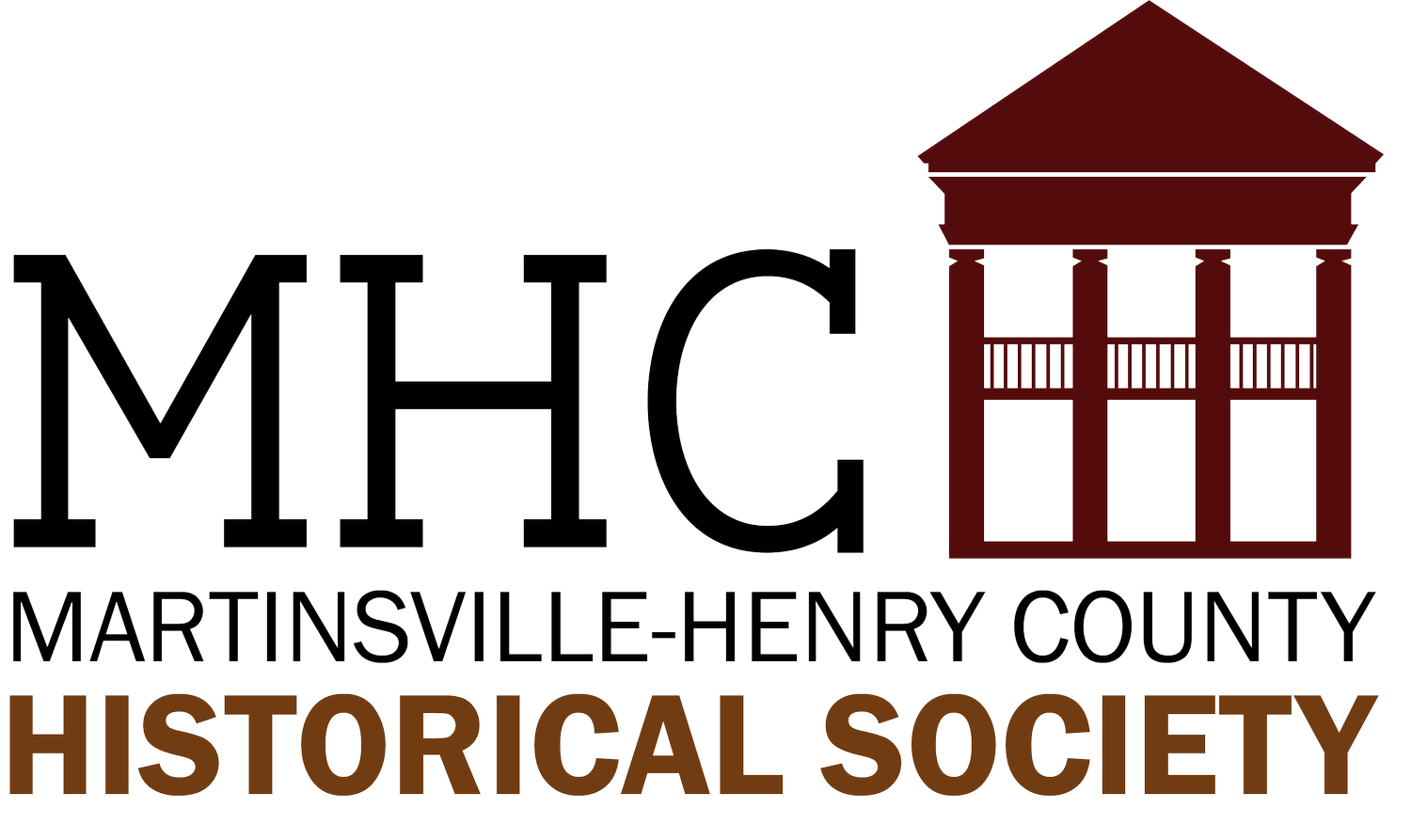How did Henry County end up in Virginia?
By Joyce Staples, July 25, 2017
MARTINSVILLE- Inquiring minds may wonder how the states of our nation were divided, especially Virginia and North Carolina, considering Henry County’s proximity to the North Carolina border. The history of the dividing line is attributed to William Byrd II during the Colonial period. The historical marker notes, “William Byrd Pitched His Camp, November, 1728, While Determining The Virginia-North Carolina Boundary Line.” It is located near Ridgeway on US 220 not far from the North Carolina line.
William Byrd II, son of Mary and William Byrd, was a Virginia aristocrat, landowner, and prolific writer during the Colonial period. He wrote two versions of the history. The complete work is entitled “The History of the Dividing Line betwixt Virginia and North Carolina, Run in the year of our Lord 1728,” but it was published posthumously in 1841. The detailed account describes life during that time period, contains notes on plant and animal life of the area, and describes the customs and ways of life of Native Americans and a few white settlers. The shorter version is titled “The Secret History of the Line.”
The leaders of the colonies of Virginia and North Carolina decided the necessity for a dividing line. Frequent conflicts arose concerning the location of the line, settlers were procuring grants from the North Carolina proprietors, and both sides made grants for the same tracts of land. Thus, in 1727, Governor Alexander Spottswood of Virginia and Governor Eden of North Carolina came to a consensus on how the line should be located. That agreement states that “From the mouth of Currituck River, setting the compass on the north shore thereof, a due west line shall be run and fairly marked, and if it happened to cut Chowan River between the mouth of Nottoway River and Wiccacon Creek, then the same direct course shall be continued toward the mountains and be forever the dividing line between Virginia and Carolina; but if said westward line cuts Chowan River to the southward of Wiccacon Creek, then from the point of intersection the line shall continue up Chowan River to the middle of the entrance of Wiccacon Creek and thence a due west line. If said west line cuts Blackwater River to the northward of Nottoway River the line shall from the point of intersection run down the middle of Blackwater to the middle of the entrance into Nottoway River, thence a due west line.”
Adjustments were made to include islands and natural water boundaries, and the agreement was sent to England for ratification. According to Byrd’s diary-like entries, both colonies selected a team of surveyors and technicians. Virginia’s leader was William Byrd II; North Carolina’s leader was Edward Moseley. The commissioners performed the task set before them, and William Byrd II did indeed pitch his tent at the boundary line between Virginia and North Carolina.
However, it is interesting to note that the true boundary line between North Carolina and Virginia was not adopted until 1790 and 1791 respectively, during Governor Patrick Henry’s tenure. From that time until now, both Virginia and North Carolina recognize in their codes this as the true boundary line.
References for this article included “The Westover Manuscripts: Containing the History of the Dividing Line Betwixt Virginia and North Carolina- A Journey to the Land of Eden, A.D. 1733; and A Progress to the Mines, Written from 1728 to 1736, and now first published” by William Byrd of Westover, and “Patrick and Henry Counties: Virginia” by Virginia G. and Lewis G. Pedigo, 1933.
